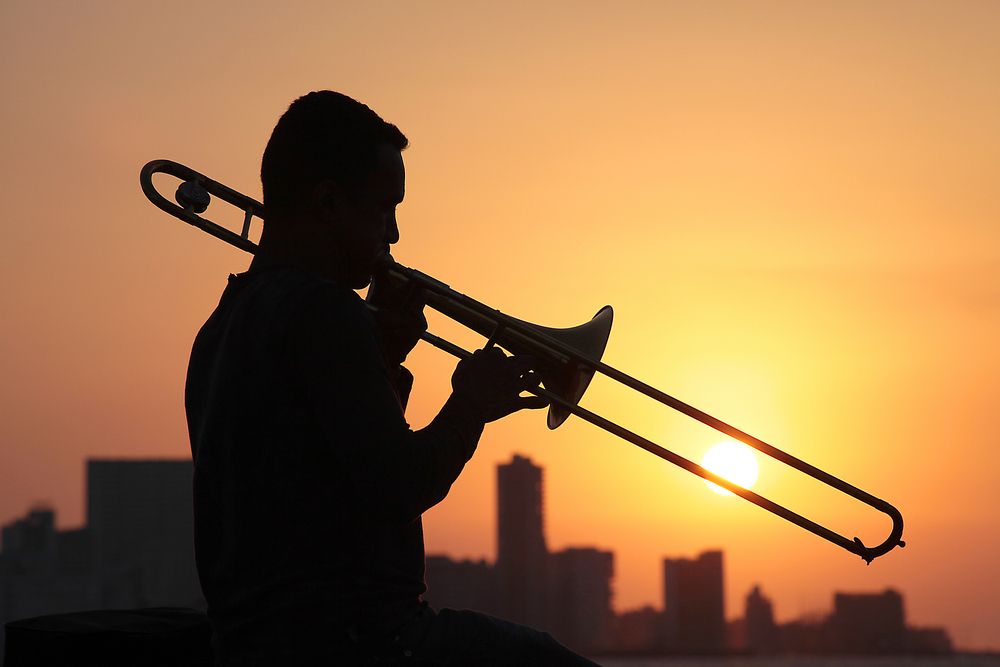Few things cause more confusion when playing a brass instrument than warming up. Why is that?
It is probably because everybody has a different routine, if they have one at all, and everybody has a different view on what they are trying to achieve.
There are lots of warm up exercise books around, and players often have their own bespoke routine which works for them and are sometimes published and promoted to others. Many of these books and exercises, even by some respected exponents, are highly complicated lip slurs and tonguing exercises that, despite being useful in their own right, to improve technique, are not really warm-ups. This highlights one specific difficulty with warm-ups; technical exercises aren’t always useful warm-up tools!
So, what is a warm up for? Primarily it is to prepare the lips, embouchure and air to play music, it’s as simple as that. The elements that need attention are the lungs and the embouchure, and the process can be helped by various activities.
The first problem when trying to play the instrument from cold is air supply, and a few deep breaths before starting to play will get the lungs moving air more effectively. It is common for a player to pick up an instrument and struggle to get a note initially. This is because the air isn’t moving effectively and the lips, which are also not warmed up, are less likely to vibrate. After a few blows the sound starts to develop and normal playing resumes. Deep breathing beforehand can help to get the air moving so that this process is shortened. Once the blowing is consolidated, the next problem is the range, meaning that high notes are difficult to hit. On no account should top C’s or anything around it be attempted until the lips are warmed up, it may mean that the lips won’t work as well for that session and risks more permanent damage.

So the first thing to do is some long notes in the comfortable range. Playing each note for 4 beats ,at about 60 beats per minute, from low C to middle G are good for this. Focus on creating a good round sound with lots of air – more will be needed when the instrument is cold – and getting the air moving effectively. Then gradually increase the range to an octave and finally move up to the higher register until notes are being produced comfortably in all ranges.
Next, another good warm-up routine is to slur up and down the harmonics in open valves or 1st slide position. Any order will do, and practicing different intervals from G to E for example, helps to co-ordinate the airflow and embouchure. It is also a very good exercise to play in 7th position or valves 1,2 and 3. This is because it is the maximum length of tubing that can be used on a brass instrument, consequently more air is required to ensure that the note can be sustained with a good sound. It is nearly always a surprise to students how much air is required to achieve this.
It is also a useful exercise to do all this with a practice mute, as the resistance it provides also encourages a stronger airflow.
In conclusion, a warm-up does not need to include difficult and complicated warm-up exercises. I am not saying these types of exercises have no value, but they should be seen as technical exercises rather than a valuable warm-up. It could also be argued that a player needs to be warm before attempting some of these exercises.
So a warm-up is a short five to ten minute session where what is required is long notes to get the air moving, followed by perhaps some scales, gradually moving into the higher register to improve lip flexibility and then some slurred exercises to co-ordinate the air and the embouchure. That is all there is to it really, a short effective routine to ensure the air and embouchure are in the best place to tackle the music presented.
Simples!



